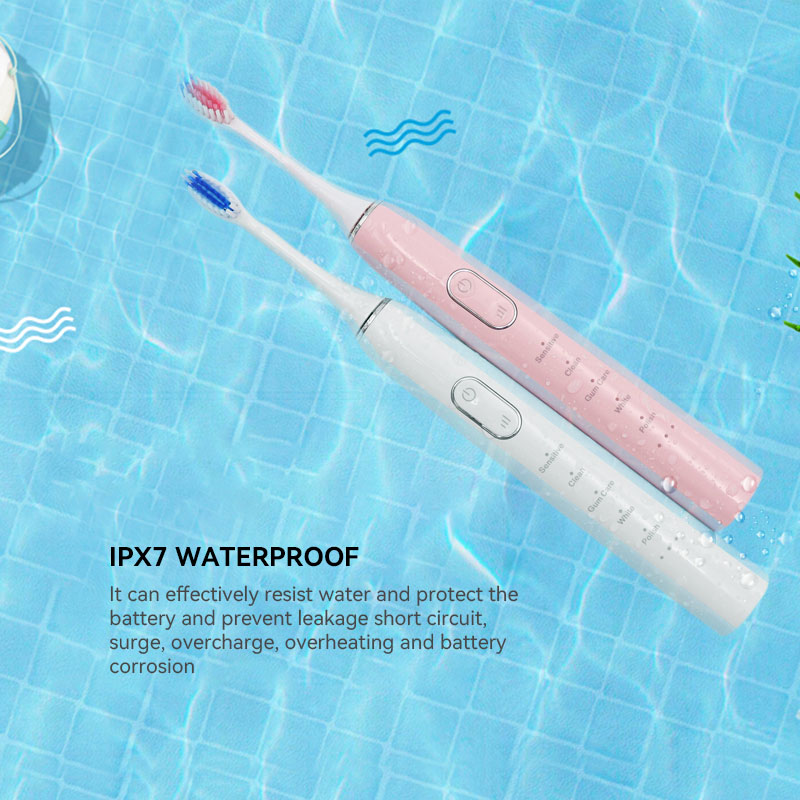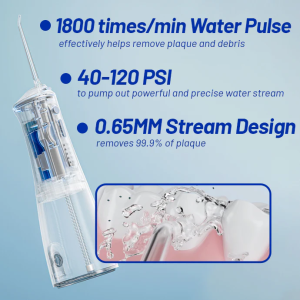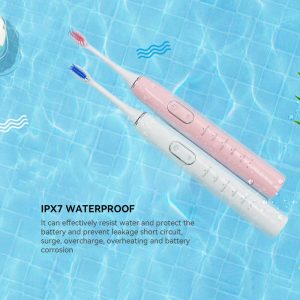In many industrial and consumer applications, maintaining water quality is crucial for both performance and safety. Issues such as Water Discoloration can indicate underlying problems, and when combined with Microbial Growth, they can compromise product integrity and user health. In this blog, we explore the causes of these phenomena and outline effective strategies to prevent water discoloration while simultaneously inhibiting microbial growth, ensuring your products remain reliable and safe.
Recognizing the Importance of Water Quality
The quality of water used in various processes—from cooling systems to personal care devices—is a key factor in overall product performance. Water Discoloration not only affects the aesthetic appeal but can also signal chemical changes or contamination issues. Likewise, Microbial Growth in water systems can lead to biofouling, odor issues, and even potential health hazards. Recognizing these issues early is critical to implementing effective prevention measures that will maintain both operational efficiency and product safety.
Understanding the Causes of Water Discoloration
Water discoloration can occur due to several factors:
- Chemical Reactions: Exposure to light, oxygen, or other chemicals can cause metals and other materials to leach into water, altering its color.
- Sediment and Particulates: Dust, rust, or other suspended particles can accumulate over time, leading to noticeable discoloration.
- Aging Infrastructure: Corroded pipes or deteriorating components in a water system may release impurities that cause water discoloration.
By understanding these primary factors, manufacturers can target the exact sources of discoloration and take measures to neutralize or eliminate them.
Exploring the Dangers of Microbial Growth
Microbial growth in water systems is a significant concern that can lead to contamination and operational issues. Factors that contribute to microbial proliferation include:
- Stagnant Water: Poor circulation can create favorable conditions for microbes to thrive.
- Nutrient Availability: Organic materials present in the water serve as a food source for bacteria, algae, and fungi.
- Temperature Fluctuations: Moderate temperatures can accelerate microbial growth, particularly in systems without adequate temperature control.
Controlling microbial growth is essential, as it not only affects water quality but may also lead to biofilm formation that further complicates maintenance and system performance. Web: https://www.powsmart.com/product/electric-toothbrush/
Integrated Approaches for Preventing Water Discoloration
To combat Water Discoloration, consider the following strategies:
- Material Upgrades: Use corrosion-resistant materials for pipes and tanks to minimize chemical leaching.
- Filtration Systems: Incorporate high-efficiency filters that remove particulates and sediments from the water.
- Regular Maintenance: Schedule periodic cleaning and inspection of water infrastructure to remove buildup before it alters water quality.
- Chemical Treatments: Use water treatment chemicals that stabilize water composition and prevent unwanted reactions.
These measures ensure that water remains clear and free from contaminants that could otherwise compromise system performance.

Strategies to Inhibit Microbial Growth
Preventing Microbial Growth is equally critical in ensuring water quality:
- UV and Ozone Treatment: Implement UV sterilization or ozone treatment to disinfect water by killing bacteria, algae, and other pathogens without leaving harmful residues.
- Temperature Control: Maintain water systems at temperatures that are less conducive to microbial proliferation.
- Regular Disinfection: Schedule routine disinfection procedures using approved sanitizers to control microbial populations.
- System Design Improvements: Design systems to promote constant water movement, which reduces stagnation and discourages microbial growth.
By incorporating these practices, manufacturers can significantly reduce the risk of microbial contamination and ensure ongoing water quality.
Looking Ahead: Continuous Innovation and Best Practices
The challenges of Water Discoloration and Microbial Growth require a proactive and integrated approach. Future advancements may include:
- Smart Monitoring Systems: Use IoT sensors and real-time data analytics to continuously monitor water quality parameters, allowing for immediate corrective actions.
- Advanced Filtration Technologies: The development of next-generation filters that capture even the smallest particulates and biological contaminants.
- Sustainable Treatment Solutions: Emphasizing environmentally friendly and sustainable water treatment solutions to maintain quality without adverse side effects.
- Collaborative R&D: Engaging in industry partnerships and continuous research to refine and advance water management practices will help keep your systems ahead of regulatory and performance standards.
Staying on the forefront of these innovations not only ensures compliance with industry standards but also promotes long-term reliability and customer satisfaction.
Conclusion
Maintaining high water quality is essential for the optimal performance and longevity of your products. By addressing both Water Discoloration and Microbial Growth through strategic material choices, system design improvements, and rigorous maintenance protocols, manufacturers can safeguard their operations against contamination and degradation. Continuous innovation and proactive management are key to ensuring that your water systems remain clear, safe, and efficient.
Interested in learning more about advanced water quality management solutions? Contact us today to explore customized strategies that fit your unique operational needs.


